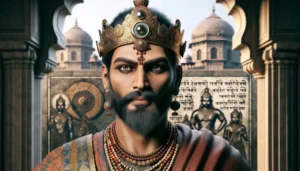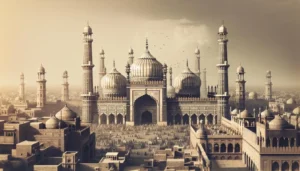The Vande Bharat Express, heralding a new era for Indian Railways, represents the latest stride in enhancing train travel across India. Launched into commercial service on 15 February 2019, this express train, also known by its project name Train 18, connects key cities within distances less than 800 km or travel times under ten hours, embodying the Indian Railways’ commitment to efficiency and passenger comfort.
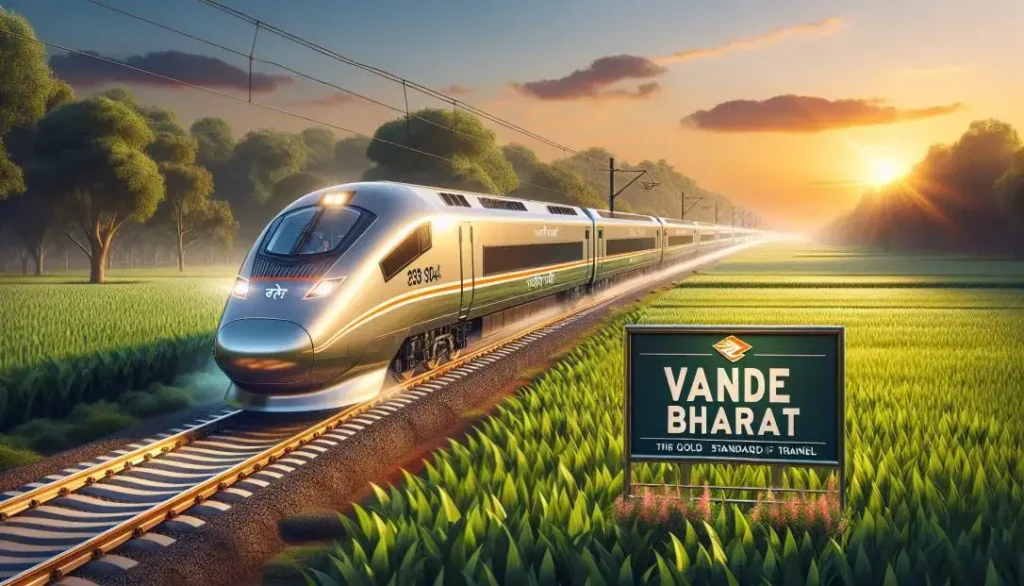
Embodying Indian Railways’ initiative towards modernization, the Vande Bharat Express aims to transform the railway network into a faster, safer, and more comfortable mode of transportation. Reflecting years of development since the first train journey in India in 1853, this service marks a significant leap in the history and evolution of train travel, setting a precedent for future advancements.
History and Evolution of Vande Bharat Express
History and Evolution of Vande Bharat Express
The Vande Bharat Express, India’s first indigenously designed and manufactured high-speed train, marked a significant milestone in the history of Indian Railways. Developed by a dedicated team of engineers at the Integral Coach Factory in Chennai, this train was designed to meet global standards of performance, safety, and passenger comfort. The train, also known as Train 18, was inaugurated on February 15, 2019, by Prime Minister Narendra Modi, setting a new precedent for train travel in India.
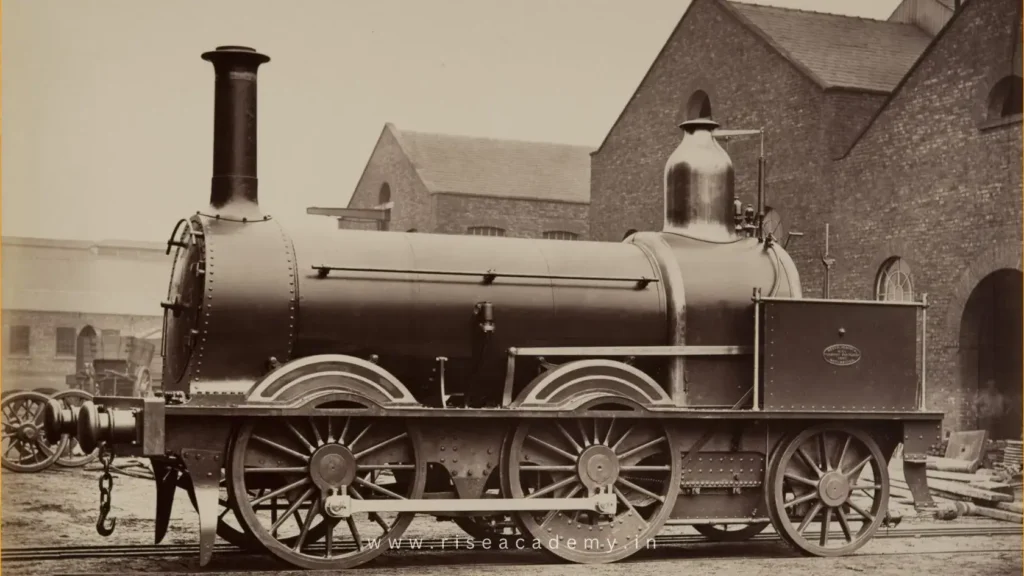
The journey towards the creation of the Vande Bharat Express began with the establishment of Indian Railways in 1853, which saw rapid expansion and the introduction of numerous technological advancements over the years. By the early 20th century, the Railway Board was established, and the subsequent decades saw the electrification of railway lines and the introduction of electric locomotives. In 1951, a significant reorganization into regional zones helped improve management and efficiency, setting the stage for modern innovations like computerized ticketing and new train services.
Since its inception, the Vande Bharat Express has not only enhanced the way Indians travel but also influenced the operational schedules of other trains, integrating seamlessly into the existing railway infrastructure. The train’s introduction has been so successful that plans are underway to expand the Vande Bharat service to more routes across the country, aiming to introduce 400 new-generation trains by 2025.
This evolution from the first steam engines to the sleek, high-speed Vande Bharat Express encapsulates the transformative journey of Indian Railways, continually pushing the boundaries of technology and service in pursuit of excellence.
Key Features of Vande Bharat Express
Accommodations and Seating
The Vande Bharat Express offers two classes of accommodations: AC Executive Class and AC Chair Car.
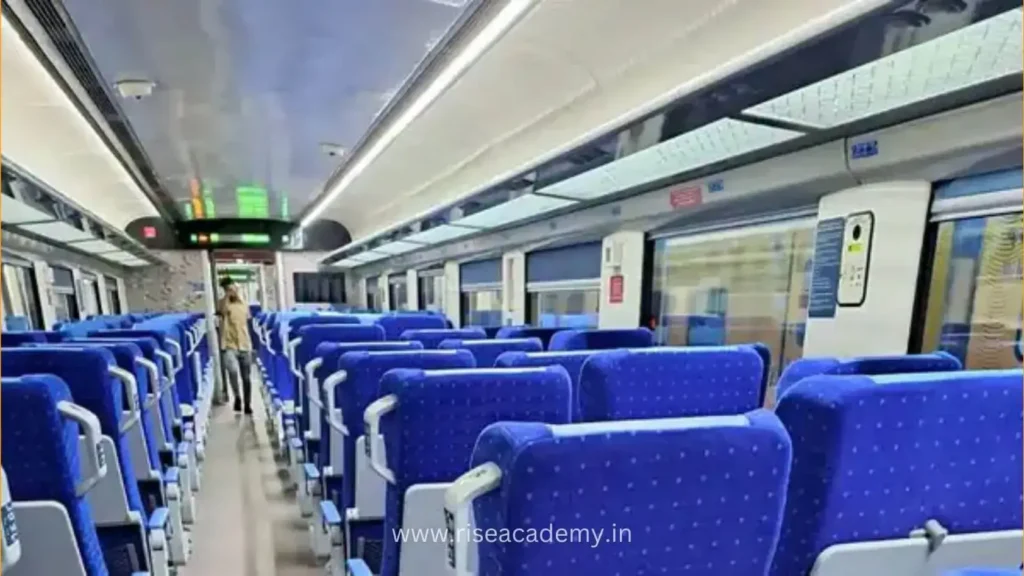
The Executive Class features 52 seats arranged in a 2×2 configuration with rotating seats, providing added comfort and convenience for passengers. The Chair Car class accommodates 78 passengers per coach, with the first and last coaches seating 44 each. These seats are retractable and arranged in a 2×3 configuration, optimizing space and comfort.
Onboard Amenities
Each coach in the Vande Bharat Express is fully equipped with modern amenities to enhance passenger experience. These include air conditioning, electric outlets for charging devices, reading lights, CCTV for security, automatic doors for ease of access, bio-vacuum toilets, and sensor-based water taps. Additionally, the coaches feature a passenger information system to keep travelers informed throughout their journey.
Catering and Additional Services
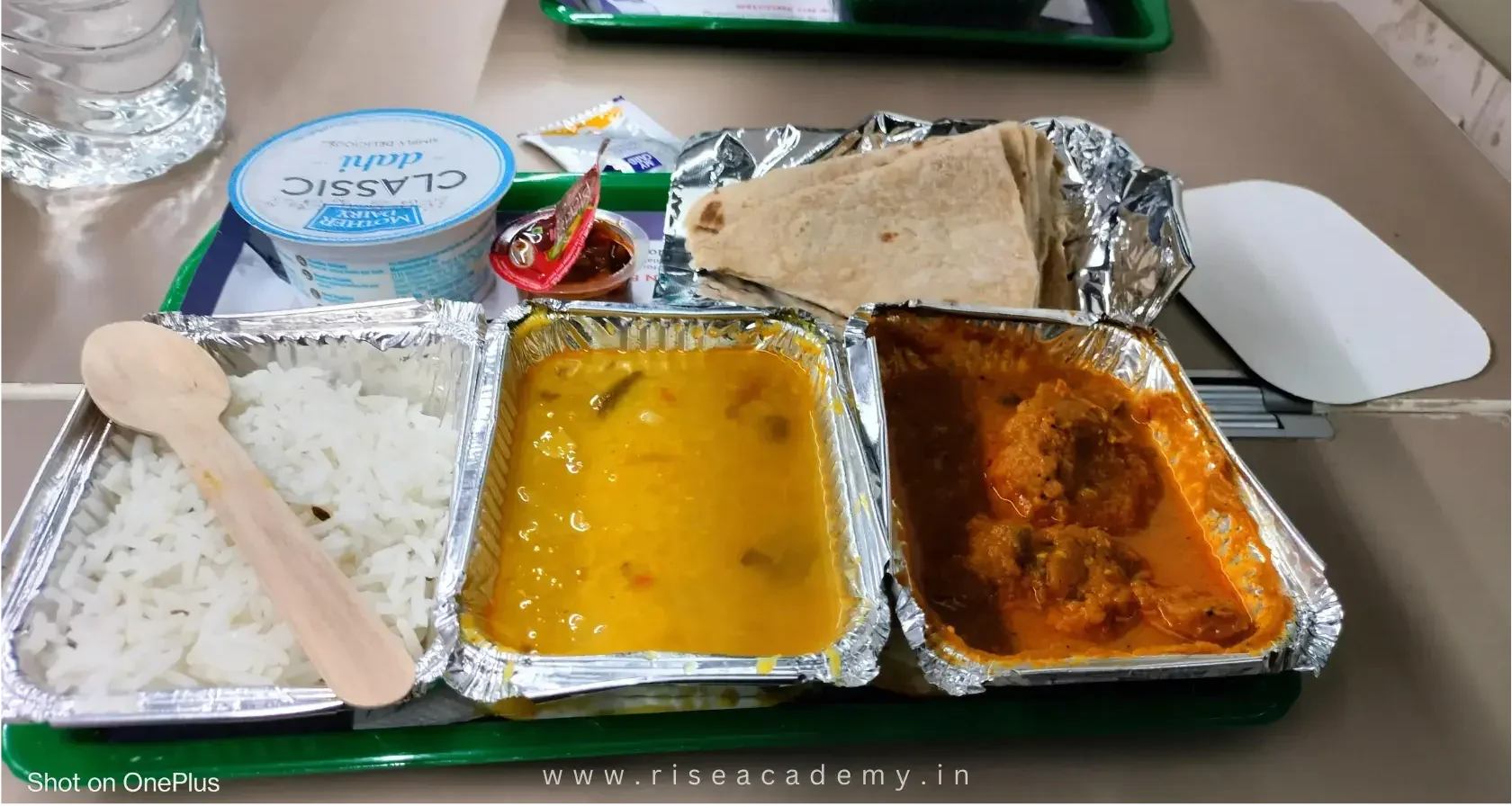
Passengers aboard the Vande Bharat Express enjoy the convenience of onboard catering, with meal options that cater to both vegetarian and non-vegetarian preferences included in the fare. This service ensures a comfortable and enjoyable travel experience, reflecting the train’s standard of passenger care.
Safety and Technology
The train is equipped with a range of safety features including CCTV cameras installed in all coaches, smoke detectors, and a regenerative braking system that conserves up to 30% of electrical energy. The introduction of KAVACH, an indigenous semi-automatic train collision avoidance system, marks a significant advancement in train safety. The coaches also feature improved fire safety measures with aerosol-based fire detection and suppression systems.
Enhanced Passenger Comfort
Recent upgrades have focused on enhancing passenger comfort in the Vande Bharat Express. These include increased seat reclination, optimized cushion hardness, and enhanced accessibility features such as mobile charging points under seats and provision for securing wheelchairs. The interior aesthetics have also been improved with standardized colors and modern design elements.
These key features of the Vande Bharat Express not only enhance the travel experience but also underscore Indian Railways’ commitment to innovation and passenger satisfaction.
Operational Services and Routes
Current Operational Routes and Future Plans
The Vande Bharat Express currently boasts 41 operational trains, enhancing connectivity across India with a top speed of 160 kmph. This network includes prominent routes such as the 22435-Varanasi New Delhi and the 22439-New Delhi Shri Mata Vaishno Devi Katra Vande Bharat Express, among others. These trains have become a preferred choice for travelers, operating at nearly full capacity due to their efficiency and comfort.
Expanding Network
The Indian government is committed to significant expansion, with plans to introduce 400 new-generation trains by 2025. This ambitious expansion includes the ongoing construction of the Mumbai-Ahmedabad High-Speed Rail Corridor, estimated to cost Rs 1.08 lakh crore, which promises to further revolutionize train travel in India.
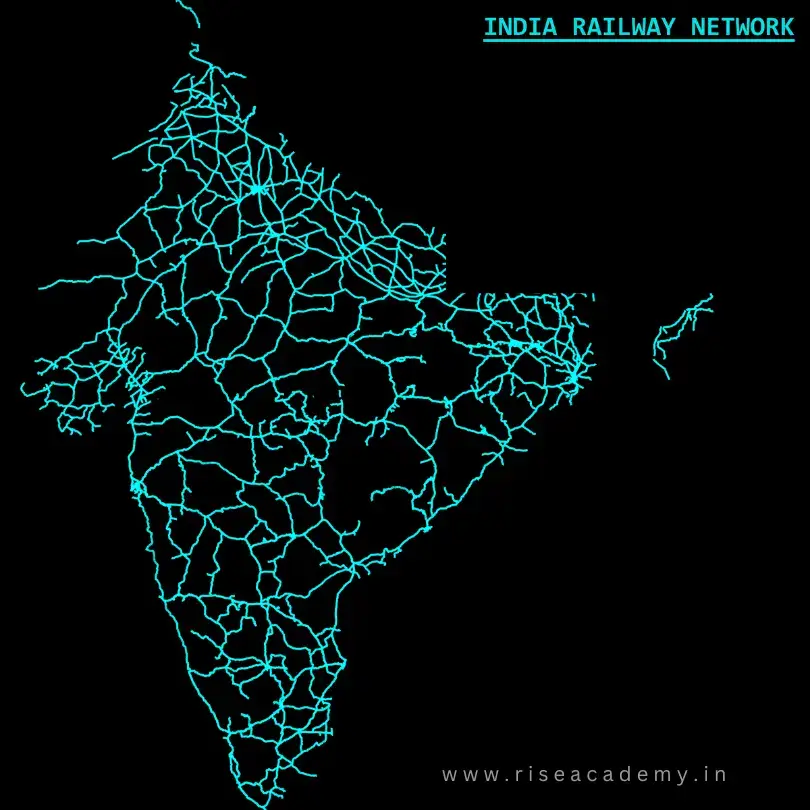
Key Routes
- North India: New Delhi to Shri Mata Vaishno Devi Katra, and New Delhi to Amb Andaura.
- West India: Mumbai Central to Gandhinagar Capital, and Mumbai CSMT to Solapur.
- South India: MGR Chennai Central to Mysuru, and Kasaragod to Thiruvananthapuram.
- East India: Howrah to New Jalpaiguri, and Bilaspur to Nagpur.
Each route is tailored to optimize travel times and enhance passenger experience, ensuring that the Vande Bharat Express not only meets but exceeds traveler expectations.
Impact on Indian Railways and Future Outlook
Expanding the Vande Bharat Fleet
The Indian government has laid out ambitious plans to expand the Vande Bharat trains across every corner of the nation, introducing three distinct models: Vande Bharat Sleeper, Vande Bharat Chaircar, and Vande Bharat Metro. This expansion is part of a broader vision that includes the introduction of bullet trains in key regions of north, east, and south India, significantly enhancing the scope and reach of high-speed rail travel.
Exporting India's Railway Innovation
Looking beyond domestic borders, there are plans to export Vande Bharat Express products, marking a pivotal step in India’s journey towards becoming a key player in the global rail industry. This move not only underscores India’s capabilities in manufacturing but also highlights the potential for international market penetration.
Enhancing Train Features and Efficiency
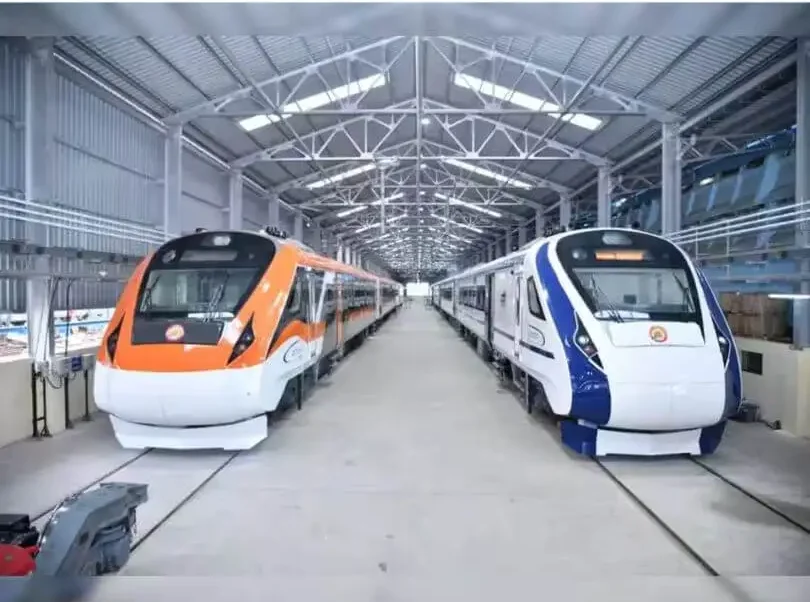
The upcoming fleet of 400 semi-high speed Vande Bharat trains, set to be introduced over the next three years, promises advancements in energy efficiency and passenger experience. The first of these upgraded trains will feature a centralized coach monitoring system, push back reclining seats, emergency windows, disaster lights, flood protection for underslung equipment, and additional emergency push buttons.
Revenue Generation and New Configurations
The Indian Railways is exploring new avenues for revenue generation, including modifying coach compositions to emphasize more profitable AC coach travel. Additionally, a Rajdhani-style Vande Bharat with sleeper berths is being designed to cater to a diverse range of travel demands across India.
Future Prospects and Strategic Execution
The success of the Vande Bharat project hinges on timely execution and a strategic understanding of the varied demand for different classes of travel. The impact of Train 18 has already bolstered India’s self-reliance in the railway sector and laid a solid foundation for future advancements in high-speed rail technology. This ongoing evolution is expected to continue shaping the landscape of Indian Railways, driving it towards new heights of innovation and efficiency.

